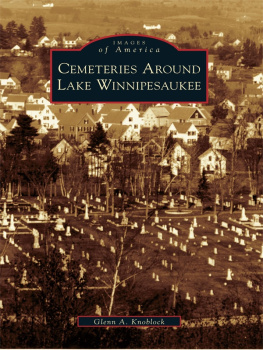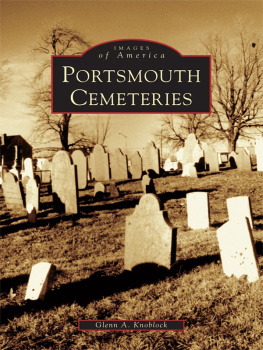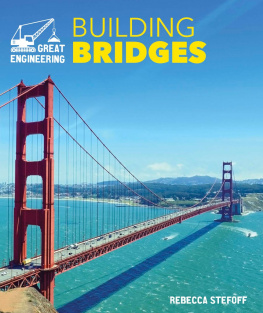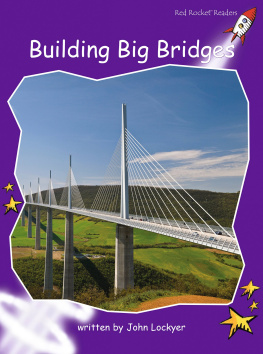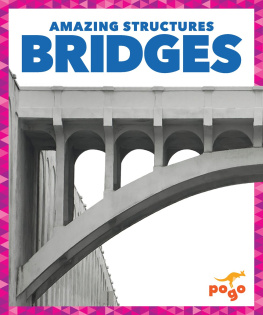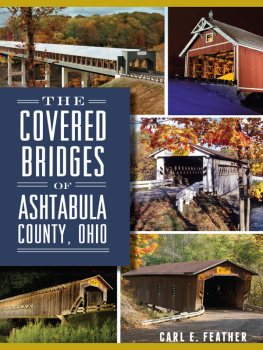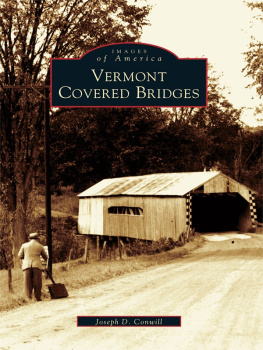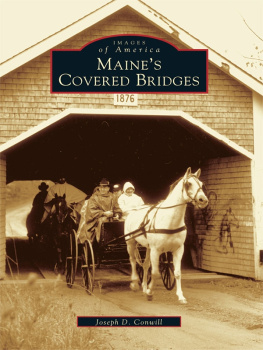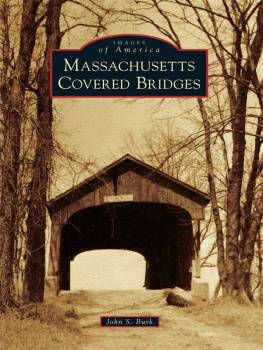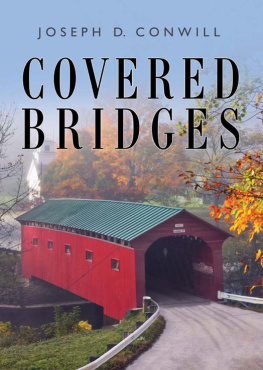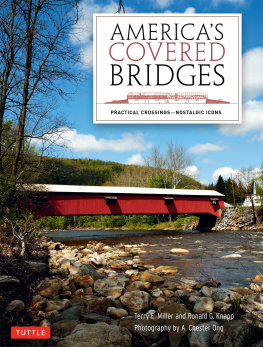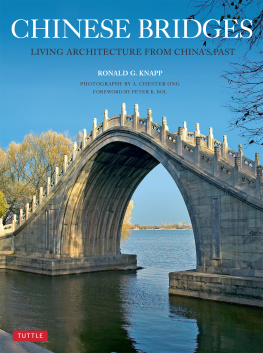One
COVERED BRIDGE DESIGNS AND FEATURES
The heart of any covered bridge is the truss design that enables it to span a particular crossing. Many designs for bridge trusses were used over the years in New Hampshire, but the longest lasting was the Town lattice truss. This simple and effective design was patented by a Connecticut man, Ithiel Town, in 1820. Two New Hampshire men, Sanford Granger and John Briggs, even adapted the Town truss for their own use, patenting improved versions and building covered bridges of their own design. While the Town truss was sometimes overlooked for new and improved trusses, such as those by Long and Howe, it experienced a revival with the coming of the railroads. The Boston and Maine Railroad made the Town truss its standard bridge, building this style as late as 1906.
In addition to the bridge builders already discussed, there are others worthy of mention. The Berry brothers, Jacob and Horace, and the father and son team of Charles and Frank Broughton built bridges of the Paddleford design in eastern New Hampshire. Capt. Charles Richardson built some fine bridges at Groveton and Plymouth, and Albert Granger built bridges of his fathers design in Langdon.
Although covered bridges are identified by their type of truss, each bridge is also characterized by its own unique features, such as its portals, siding, and stone abutments. Stoutly built, covered bridges have often lasted a lifetime, falling victim only to the ravages of nature or mans careless hand.
MARYS BRIDGE, PITTSFIELD. This simple bridge spanning the Suncook River is an example of a typical Town lattice truss. Note the uncovered sidewalk along the length of the bridge for pedestrian use. The exact date of the building of this bridge is unknown. Marys Bridge was replaced c. 1906. (Courtesy NSPCB.)
RIVER ROAD BRIDGE, PITTSBURG. This is an example of a queen post-type truss, a simple design that has been in use for centuries. It is favored in New Hampshire for many smaller crossings. The River Road Bridge is 57 feet long, crossing Perry Stream in a secluded setting. The date of its construction is unknown and it is now closed to traffic.
LOWER BRIDGE, CONCORD. Note the date of building, outlined column, and graceful curve on the portal of this bridge, as well as on its covered sidewalk to the right. The many advertisements posted on the wall just inside the bridge were a common sight during the era of covered bridges. This bridge served until 1927, having replaced an earlier bridge. (Courtesy NSPCB.)
CONTOOCOOK VILLAGE BRIDGE, HOPKINTON. This is a fine example of a village-style bridge. With the graceful curve of its portal, as well as that for the covered walkways on both sides, the bridge was a distinctive feature in this small village for many years. It served local traffic from 1853 to 1935. Note the covered railroad bridge to the immediate right. (Courtesy NSPCB, CEW.)
BLACKSMITH SHOP BRIDGE, CORNISH. Built in 1881 by James Tasker, this bridge utilizes a multiple king post truss design. Note how the truss members in between the uprights slant toward the middle to give the bridge its strength. The bridge is also protected by a guidepost, called a telltale, visible just outside the entryway. Devices of this type were used to prevent oversized loads or vehicles from entering and damaging the bridge.
MCDERMOTT BRIDGE, LANGDON. An example of the Granger-Town truss, this bridge was built by Alfred Granger in 1869 to cross Cold River. A distinguishing feature is the large arch that runs from end to end, curving to the top of the lattice truss to give it added support. The wood tracks on the floor of the bridge are for protection from snowmobiles during the winter months. McDermott Bridge is slated for restoration.


